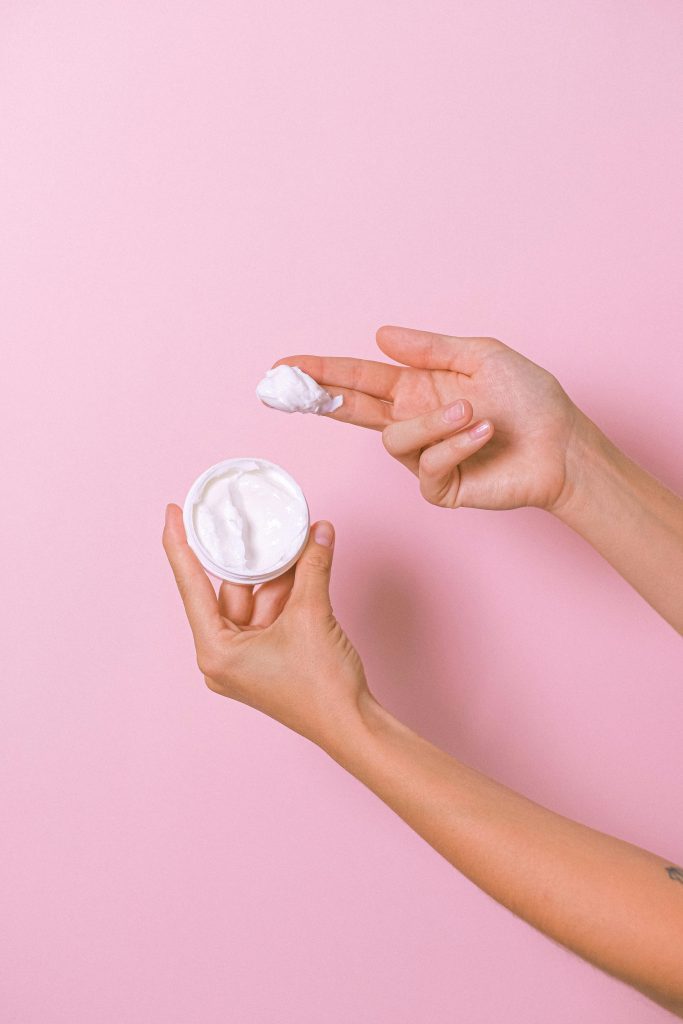Have you ever wondered what your daily body cream does to the environment?
I get it—we all want that smooth, moisturized skin, but understanding the environmental cost behind these beauty products is essential.
So, let’s look into the environmental impact of body creams and why it matters more than ever.
What’s in Your Body Cream?
To truly understand the environmental impact, we need to break down what’s inside that jar or bottle of body cream.
Most body creams contain a mix of water, oils, emulsifiers, fragrances, preservatives, and other chemical additives.
While these ingredients work wonders on your skin, some of them can be harmful to the planet.
1. Synthetic Chemicals:
Many body creams contain synthetic chemicals such as parabens, phthalates, and sulfates. These compounds not only impact your skin but also have a detrimental effect on the environment.
When these chemicals are washed off during your shower, they enter the water system and can pollute rivers and oceans.
Studies have shown that even low concentrations of these chemicals can harm aquatic life by disrupting hormonal systems and affecting reproductive health.
This is a major concern, especially when you consider how many people use body creams daily. It all adds up to a significant environmental footprint.
2. The Packaging:
Now, let’s talk about the packaging—because that’s a big one.
Body creams often come in plastic containers that are difficult to recycle. Plastics, particularly single-use plastics, are a significant contributor to the pollution problem, especially in the oceans.
According to National Geographic, millions of tons of plastic enter the ocean each year, and products like body creams are a small but growing part of the problem.
Even if the packaging is recyclable, many people don’t actually recycle it. Plastic waste often ends up in landfills, taking hundreds of years to break down, or worse, ends up in the ocean.
The environmental toll of plastic waste is something we can no longer ignore.
3. Water Usage:
Water is a key ingredient in most body creams, and while it might seem harmless, the water footprint of the beauty industry is massive.
The beauty industry, including body creams, uses an enormous amount of water in manufacturing processes. Additionally, water scarcity is becoming a more pressing issue in many parts of the world.
When you consider that it takes more water to produce the ingredients and create the packaging than we may initially realize, it puts things into perspective.
In areas where water is a precious resource, industries using large quantities of water have a larger environmental impact.
4. Palm Oil and Deforestation:
Palm oil is another ingredient commonly found in body creams. While it’s an effective emulsifier, the production of palm oil has been linked to severe deforestation, especially in countries like Indonesia and Malaysia.
The palm oil industry is a major driver of deforestation, which contributes to habitat loss, reduced biodiversity, and increased carbon emissions.
The WWF has highlighted that deforestation for palm oil cultivation destroys vital ecosystems, which has a ripple effect on both wildlife and local communities.
Unfortunately, palm oil is often hidden under names like “vegetable oil” in product ingredients, making it hard to avoid.
How to Choose Eco-Friendly Alternatives of Body Cream
Now, don’t get discouraged—there is hope! Many brands are beginning to recognize the importance of sustainable practices, and there are ways you can make a difference with your choices.
1. Choose Brands with Sustainable Practices:
Some brands have committed to using sustainable ingredients and ethical manufacturing processes.
Look for products that are labeled “cruelty-free,” “organic,” or “palm oil-free.” These labels usually signify a more environmentally conscious approach.
2. Look for Biodegradable or Recycled Packaging:
The packaging is a huge issue, but some brands are leading the charge by using biodegradable or fully recyclable packaging.
Opting for products in glass jars, aluminum tins, or recyclable plastic bottles can make a big difference.
3. Opt for Plant-Based Ingredients:
Body creams made with natural ingredients, like shea butter, coconut oil, or jojoba oil, tend to be less harmful to the environment.
These plant-based alternatives can provide the same moisturizing benefits without the harmful chemicals.
4. Support Refill Programs:
Some brands offer refill programs that help reduce packaging waste. You can buy a reusable container and refill it whenever it runs out, reducing the need for new packaging altogether.
In Conclusion
At the end of the day, the environmental impact of body creams is something we all need to think about. From the chemicals in the product to the plastic packaging and the water used, every aspect of a body cream’s life cycle has an environmental impact.
But by making conscious choices—choosing natural ingredients, eco-friendly packaging, and supporting sustainable brands—you can reduce that impact.
It’s all about finding a balance between taking care of your skin and taking care of the planet.
So, the next time you reach for that body cream, take a moment to consider where it comes from, what’s inside, and how you can make a more sustainable choice.
